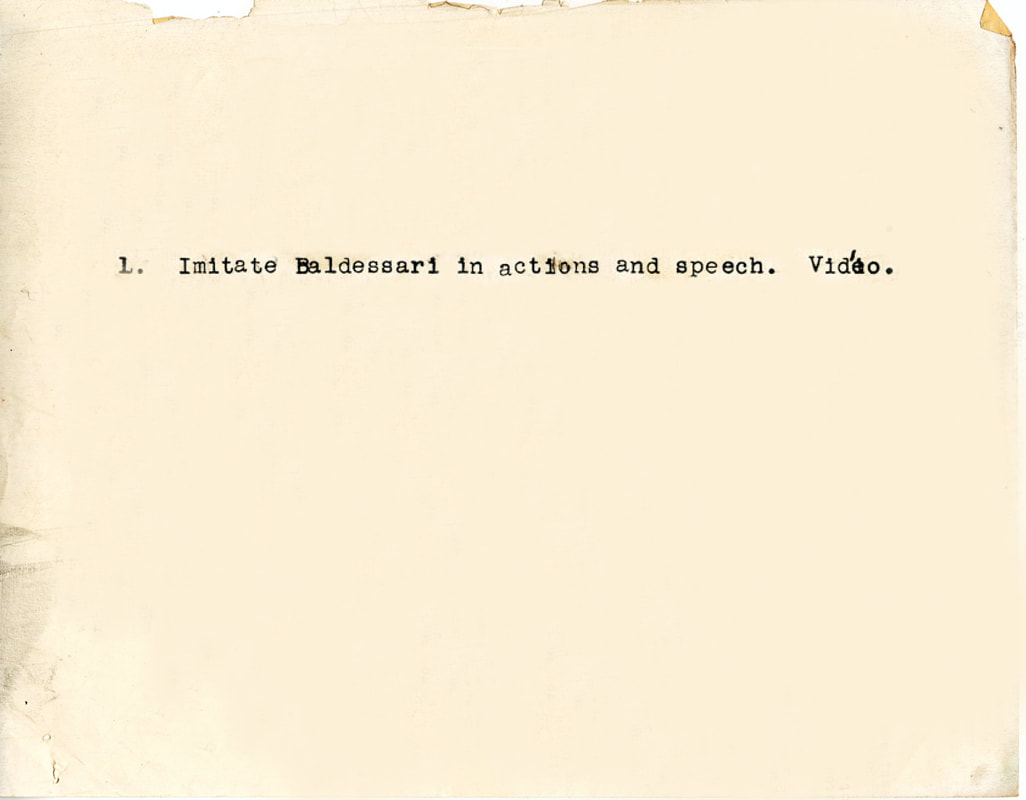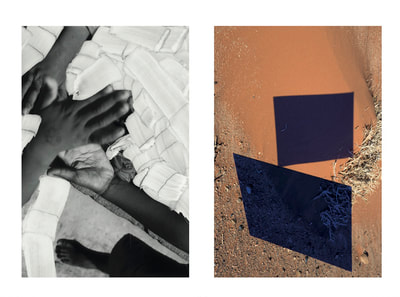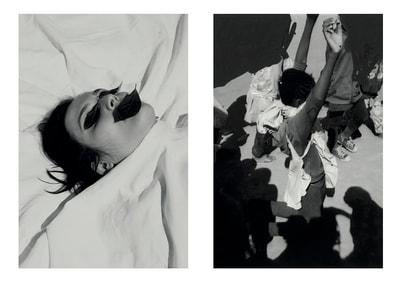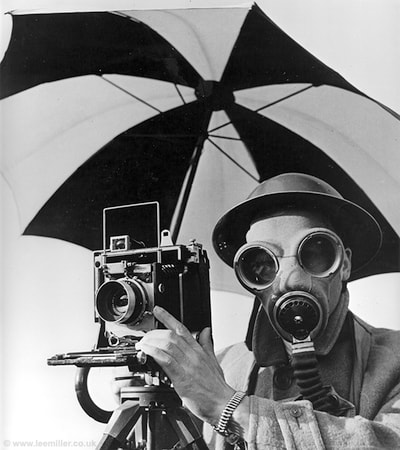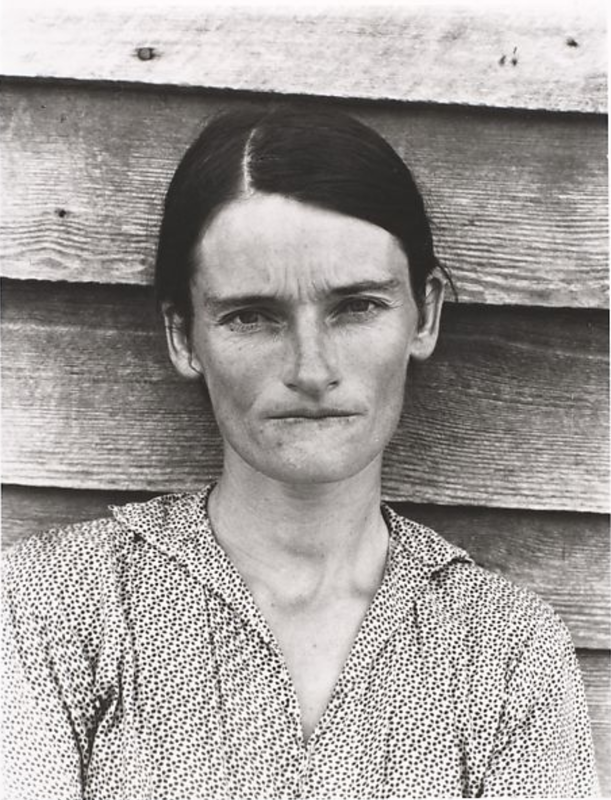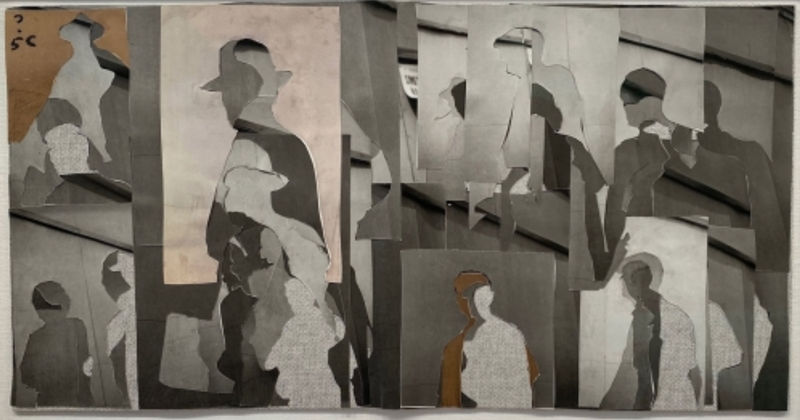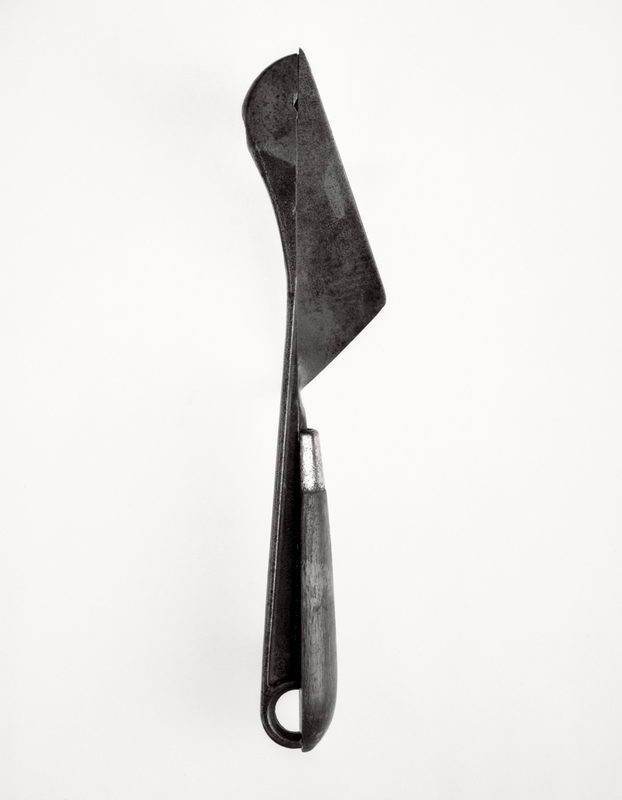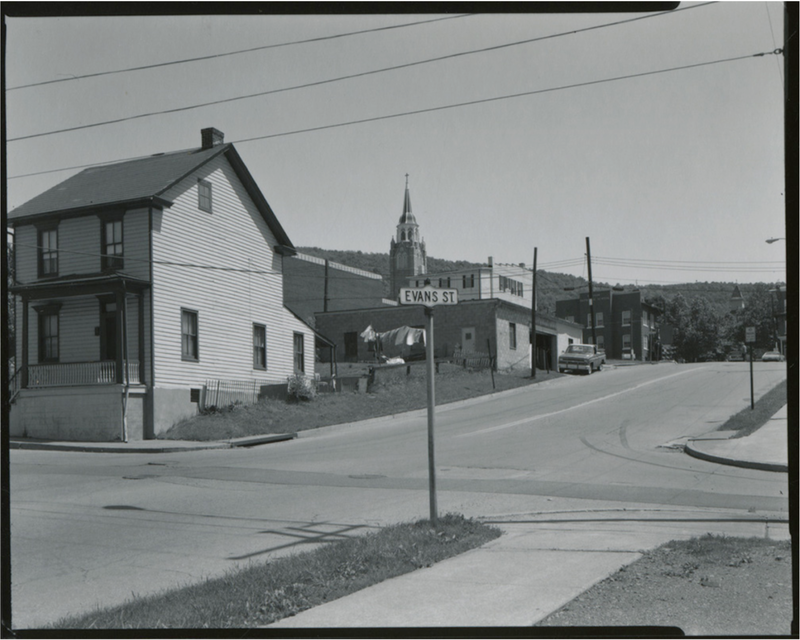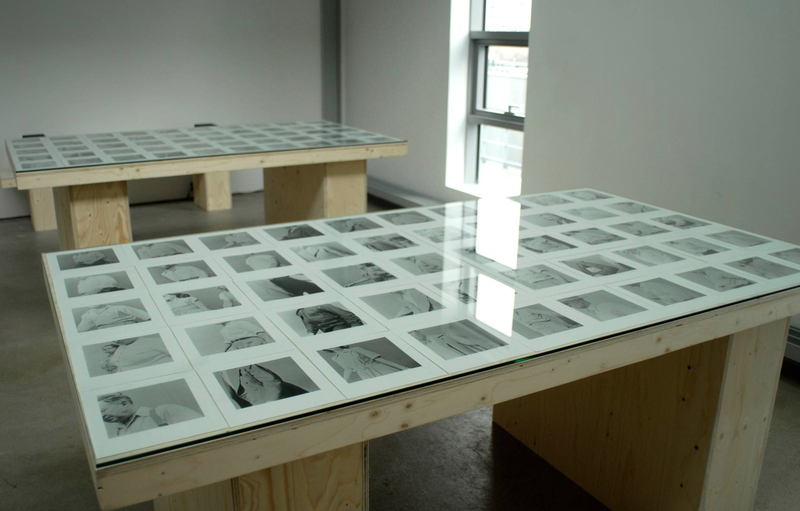Post 16 Lesson Plan
How might you pay photographic homage to another artist you admire?
From Jon Nicholls, Thomas Tallis School
Imitation is the sincerest form of flattery that mediocrity can pay to greatness.
-- Oscar Wilde
We have an uneasy relationship with copying in the arts, but the idea of originality is largely a 20th century (modernist) obsession. Before the middle of the 19th century, artists were trained to copy, literally, and their ability to make visual imitations from accepted models of excellence was a significant feature of their training. The late 19th and 20th centuries ushered in a modern cult of progress and ideas about the avant-garde - artists were meant to innovate and experiment on behalf of the rest of society, leading from the front. In the later 20th century, artists began to question this idea. The past became a resource to plunder, a pick 'n' mix of cultural goodies to be appropriated and transformed.
|
In 1970, artist John Baldessari taught a course at CalArts (California Institute of the Arts) entitled Post Studio Art: Class Assignments (optional). He produced a list of assignments for the students including, for example, instructions to "imitate Baldessari in actions and speech. Video," and "Disguise an object to look like another object," or "Develop a visual code. Give it to another student to crack." This represents an example of what would be called conceptual art in which the idea was as, if not more, important than than its physical manifestation. Suddenly, appropriation and imitation (copying) was considered a legitimate artistic strategy. |
Of all the arts, photography perhaps has the most troubled relationship with ideas of copying or imitation. Its 'invention' was linked to a desire for better, more accurate copies of things - landscapes, objects and faces so that scientists, the authorities and artists could have more reliable documents. Photographers struggled to establish their discipline as a branch of the 'fine' arts, to disassociate it from simple, mechanical reproduction. This project is designed to ask questions about the ways in which photographers are influenced by each other. Rather than deny this influence, some photographers have created homages to other artists they admire. This can include a quite literal type of copying but, invariably, something more subtle and sophisticated is at work in these projects.
|
We absorb the influence of other photographers (other artists, musicians, filmmakers and from non arts people too) every day. Often this is entirely subconscious. The process feeds our creativity.
I like to look at pictures, all kinds. And all those things you absorb come out subconsciously one way or another [...] this kind of subconscious influence is good, and it certainly can work for one. In fact, the more pictures you see, the better you are as a photographer. Sometimes though, photographers make a more deliberate attempt to thank those they admire by making work that directly responds to this influence in some way. We might call this 'paying homage'. It's showing respect for another artist, acknowledging their importance to you and giving them a kind of gift in the form of new images. This project encourages you to do just that. Pay homage to a photographer who you admire. Let's look at some examples:
|
Viviane Sassen's homage to Lee Miller
|
The October 2018 issue of Frieze magazine has a striking cover image by photographer Viviane Sassen. A pair of legs, a mirror and a pink stain. It's a recognisable Sassen - a radically framed body, strong tropical colours and a curious viewpoint invoking a not displeasing sense of disorientation for the viewer. On page 193 we find Sassen's specially commissioned article, an homage to photographer Lee Miller, entitled 'Lacrima'.
Sassen writes a short introduction to the sequence of pictures that follow: The title of my visual essay is the Latin word for tear. When Lee Miller left her lover Man Ray, he created one of his most famous photographs, Larmes (Tears, 1930–32), which depicts a woman whose weeping has been transformed into glass beads. The image embodies the idea of sorrow or trauma – a driving force for both Miller and myself and one that continues to inform my work. |
She continues:
When I first saw one of the many portraits Man Ray took of Miller, I was struck not only by her astounding beauty but by the fact that she appeared to be the kind of person that most women would like to be: calm, fierce, fearless. When I discovered that Miller was a photographer, it made me even more interested in her. I’ve always been drawn to the art of the first part of the 20th century and the surrealists are especially dear to my heart. (In fact, I toyed with calling this visual essay ‘Fachan’, after the creature from Celtic mythology that only had one eye, one leg and a single hand protruding from its chest.) Miller and I share certain experiences: we were both fashion models in our younger years and she, too, was employed as a commercial photographer in order to finance her more personal work.
I relate to Miller’s distrust of dogma and her intimation of the uncanny and the grotesque: a shadow is always present. That said, humour is never far off. What most attracts me to her pictures, though, is her free thinking and the surrealist eye she cast upon the world.
By translating some of my ideas into black and white, I’ve tried to pay homage to Miller’s work in a direct way. I like to think about how my photographs might have looked if I had lived in her time. Yet, for me, the images Miller created don’t exist solely in the past: her legacy moves through time, like a river.
Here are the images that Sassen made in homage to Lee Miller:
|
Sassen's work was exhibited alongside that of Lee Miller (and work by other Surrealists) at the Hepworth Wakefield gallery from June to October 2018. here is a short film of Sassen talking about her approach to photography and her shared interest with Miller in the surreal:
It's worth taking a look at some of Miller's photographs to try to work out the nature of Sassen's visual homage.
|
|
Some questions:
- What do you notice about the visual similarities between the photographs of Viviane Sassen and Lee Miller?
- What are the main differences? What do you find surprising or unusual about Sassen's work?
- What other similarities do the two artists share?
- What does Sassen say about her reasons for paying homage to Miller?
- How successful do you feel is Sassen's homage?
Various homages to Walker Evans
Walker Evans is one of the most important and influential photographers of the 20th century. His ideas and writing about photography are as significant as his images. One of the six exhibitions in the 2020 Biennale für aktuelle Fotografie: The Lives and Loves and Images, curated by David Campany, is 'Walker Evans Revisited'. The virtual tour allows you to visit the exhibition in Germany from the comfort of your home. You can listen to an audio file of the curator discussing the context of the exhibition. Campany has selected a wide range of artists who have responded to Walker Evans in two main ways:
Firstly, there is the continuation and extension of his manner of photographing everyday life [...] Secondly, the exhibition presents a variety of projects by artists responding very directly to particular images and projects by Evans. These range from appropriation and collage, to re-imaginings and homage.
Here are some examples (click on the images to find out more about them):
Some questions:
- Is paying homage to a favourite photographer more than just copying or imitating their work? What do you notice about the approaches of these photographers above?
- A photographer's influence could be felt in many ways - their choice of subject, their photographic philosophy, their preferred equipment or format, their politics, their approach to captions/titles, their preferred publishing format etc. Do you have a favourite photographer? If so, what do you admire most about them?
Some suggested tasks:
- Choose a photographer/artist who you admire. Make a list of all the things you love about their work. Try to be as detailed and specific as possible.
- Select 5-10 of your favourite images by this photographer. Either print them out so that you can then cut them up to make a physical collage or create a digital collage using software like Photoshop. Be imaginative. Your collage could feature important details from the photographer's pictures or, for example, you could use the negative spaces and leftovers of the images once the important details have been removed. Think about how you are both celebrating and transforming your favourite photographer's work in the process of making your collage.
- Using a similar (or identical) group of photographs by your favourite photographer, re-photograph them in various ways. You could photograph versions of them on a screen (phone, tablet, TV or computer). You could print them on glossy paper and photograph them with light reflections disrupting their surfaces. You could use a macro lens to make extreme close-ups for particular details ( like Jessica Potter above). You could place two images next to one another and photograph the join between them so that you create a type of diptych in which only half of each image is visible.
- Imagine you are the curator of an exhibition of your favourite photographer's work. You could create a physical model of your exhibition space, printing out and installing (at various sizes) the images. You imagine that a single piece of paper (A2 or A1) is a gallery wall on which you could 'hang' the work. Alternatively, you could use digital software (Powerpoint or Google slides, for example) to construct a virtual room by room version of your exhibition. Think carefully about the introductory wall text (helping visitors to understand the context of the work) and any additional captions or supporting information. What will be the title of your exhibition and how will this help visitors/viewers begin to think about the way in which you have interpreted the photographer's work? Threshold Concept #7 might help you reflect on the ways in which photographs rely on context for their meaning.
- Choose ONE photograph by your favourite photographer. Re-create this photograph using non-photographic materials. You could try to make a really accurate drawing of the image, model it in plasticine, construct a version made from food stuffs etc. How will you translate the photographer's use of tone/colour, shapes and forms, line and pattern etc? How might you explore the relationship between 3 dimensions (the subject of the original photograph) and 2 dimensions (the photograph) in your re-creation? Will it be flat (like the photograph) or 3 dimensional (like the photograph's subject)?
- Create your own sequence of photographs inspired by those of your favourite photographer. Decide what kind of homage you intend to make. For example, will your images respond to the genre of your chosen photographer's pictures, their visual language and grammar or the choices the photographer has made? Will you respond to something influential the photographer has said or written about photography and/or their practice? Will you respond to the atmosphere or mood or their pictures or the way they make you feel?

